Healthy, beautiful skin starts with nourishment from within. Older cells are constantly shed and replaced by younger ones and a steady supply of key nutrients is essential to support this rapid growth. Skin health can be compromised by overexposure to the sun and tanning beds, strong soaps, chemicals and poor nutrition.
Most people don’t give a second’s thought to their skin – unless they’re scowling at the wrinkles, wobbly bits in the mirror or have an issue like acne, psoriasis, or other skin conditions. Your skin does a fabulous job keeping your insides in, protecting you from infection and radiation, and keeping you warm. There’s also a huge amount you can do to keep your skin looking healthy and fresh and – I’m happy to tell you – stave off the wrinkles without buying that expensive anti-ageing cream. Read on to find out how.
Avoid or Reduce the Bad Guys
Smoking, alcohol, caffeine, food additives like flavourings and colourings, sugar, and tobacco are full of cell-damaging free radicals which play havoc with your skin. Free radicals can damage the skin by trying to grab an extra electron from atoms in the skin. When atoms are taken away from molecules in the skin, it causes damage to our skin’s DNA that can speed along skin aging. Think about where you could cut down.
Be Fat-Friendly
Essential fats found in oily fish, avocados, nuts act as a natural moisturiser for your skin, keeping it supple and improving elasticity by keeping cell membranes soft and smooth – they’re nature’s perfect skin plumpers. Omega-3 fats from oily fish encourage the body to produce anti-inflammatory compounds which can help inflammatory skin conditions in particular, such as eczema and psoriasis.
Just in case the word ‘fat’ sends a red flag up for you, I want to reassure you that scientists have finally admitted that the ‘eating fat makes you fat’ mantra was flawed. Eating the right type of fat, in appropriate amounts, is not only not bad, it is really, truly GOOD for your skin and health.
Eat Back the Clock
Stock up on a rainbow colour of fruit and veg- more veg than fruit though. They contain powerful antioxidants that help protect skin from the cellular damage caused by free radicals. Antioxidants help reduce skin inflammation and the speed of skin aging and degeneration. These antioxidants are crucial for your entire body – not just your skin. Betacarotene found in carrots, sweet potatoes and pumpkin, and lutein found in kale, papaya and spinach are potent antioxidants which are important for normal skin cell development and healthy skin tone.
Eat them raw or lightly steamed as cooking for long periods destroys enzymes, minerals and vitamins. Increase your intake step-by-step: make a concerted effort to add at least one extra portion of veg (about 80g) every night this week to your evening meal. You should also aim to ‘eat a rainbow’ over the course of the week – that means picking as many different colours of fruit and veg as you can.
As a very general rule, each different colour group contains a different set of plant chemicals. Scientists now know that bringing a variety of different antioxidants into your diet has a synergistic effect, which means the combined result is more powerful than the individual parts.
Drink Up!
Keep skin cells plump and full or your skin will look shrivelled and dehydrated – a long cry from that radiant glow you’re going for. Cells also need water to regenerate and remove the build up of waste products (toxins). It’s a very simple (and free) step that most people don’t prioritise and yet the results can be striking.
Don’t forget that some fruit and vegetables, such as watermelon, courgette and cucumber, also contribute fluids – the added benefit is that the minerals they contain will increase the rate you hydrate your body and skin.
Aim for 1.5-2 litres a day, depending on weather conditions and your level of exercise. You’ll soon see the benefit for you skin.
Helpful Nutrients For Skin Health
Vitamins A, C, E and selenium are antioxidants that limit the damage free radicals do to collagen (a structural protein which gives skin its firmness ) and elastin fibres (a protein which helps keep skin tight).
Foods to include (aside from the vitamin C and the vitamin A foods below): sunflower seeds, almonds, spinach, Swiss chard, papaya, mustard greens, asparagus, peppers, Brazil nuts, fresh tuna, some meats including pork, beef, turkey and chicken, cottage cheese, eggs, brown rice, sunflower seeds, spinach, oats, mushrooms.
Vitamin C is needed to produce collagen, which strengthens the capillaries that supply the skin with nutrients. And it’s also a super antioxidant. Foods to include: blackcurrants, red peppers, kale, collard leaves, broccoli, kiwis, oranges, courgettes, cauliflower and spinach, citrus fruit.
Vitamin A stimulates the production of new skin cells. A lack of vitamin A can result in dry, rough skin as well as too much keratin production (a protein which holds skin cells together to form a barrier) in the hair follicles. This can cause small pimples or swelling on the skin, often forming part of a rash. Foods to include: sweet potato, carrots, butternut squash, spinach, kale, collard greens, turnip greens, romaine lettuce.
Vitamin D. People today are aware of the importance of maintaining optimal blood levels of vitamin D for their overall health and well-being. What many people do not know is that vitamin D plays an integral role in skin cell growth, repair, and metabolism. We get most of our vitamin D by the action of direct sunlight onto our bare skin. It’s hard to get enough vitamin D from food alone, but try to include more sardines, salmon, tuna, swordfish, eggs, orange juice, fortified cereals – and don’t forget a daily dose of getting out into the sun!
Zinc is involved in the normal functioning of the sebaceous glands in the skin (which produce oil) and helps to repair skin damage and keep skin soft and supple. A lack of zinc can result in poor skin healing, eczema and rashes. Foods to include: venison, fish, ginger root, lamb, lean beef, turkey, green vegetables, oats, nuts, sesame seeds, pumpkin seeds, yoghurt, scallops.
Essential fats for making cell membranes. A lack of essential fats causes cells to dry out too quickly, resulting in dry skin and an increased risk for inflammatory skin conditions. Foods to include: oily fish (salmon, sardines, halibut, scallops), green leafy vegetables, chia seeds, flaxseed, walnuts and tofu.
Watch What You Put On Your Body
The skin is the largest organ in the body with a surface area about the size of a double bed. One of the core principles to remember when it comes to skin care is that whatever you slather onto your skin will be absorbed into your body and enter your bloodstream. You’ll be surprised at the amount of toxins that can enter your body through your skin, especially through cumulative, daily exposure to toxic ingredients found in modern beauty products such as shampoo, cosmetics and lotions.
Women are especially at high risk of this kind of toxic overload. If you use make-up on a daily basis, for instance, you can absorb almost 5 pounds of chemicals into your body each year! These chemicals can cause hormonal imbalances, fatigue, headaches, digestive upsets, flu-like symptoms, and aching joints, which are just some of the symptoms of toxic overload.
Here Are A Few Toxic Ingredients To Avoid In Skincare:
Parabens– Have hormone-disrupting qualities that mimic estrogen and could disrupt your body’s endocrine system.
Mineral Oil, Paraffin and Petrolatum– These petroleum products coat the skin like plastic – clogging pores and creating a build-up of toxins. They can disrupt hormonal activity. When you think about black oil pumped from deep underground, ask yourself why you’d want to put that kind of stuff on your skin…
Sodium laurel or lauryl sulfate (SLS), also known as sodium laureth sulfate (SLES)- SLS combined with other chemicals may become a “nitrosamine” – a potent carcinogen.
Propylene glycol– a common cosmetic moisturizer and carrier for fragrance oils. May cause dermatitis and skin irritation.
Learn How To Deal With Problem Skin
A targeted nutrition plan can work wonders for skin problems like acne, eczema, psoriasis and so on. This kind of personalised nutrition is often poorly understood and isn’t really talked about in the media. It doesn’t work to just add to your diet a single ‘superfood’. However, a bespoke plan that takes into all of your skin – and health – concerns can make a huge difference. Ask me how. I’d love to help.
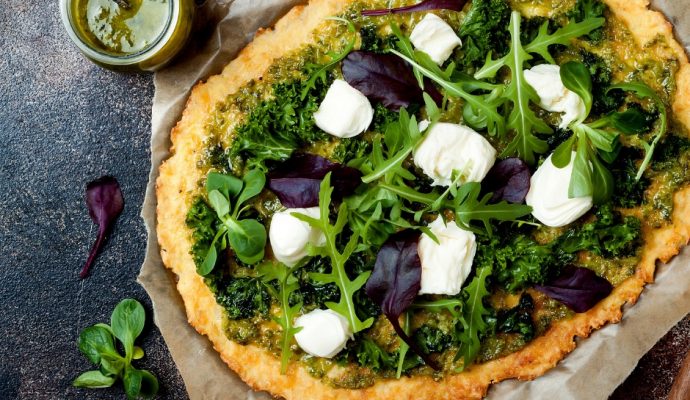



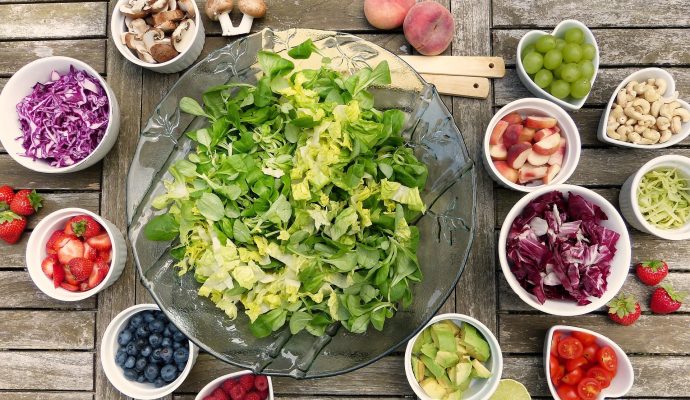
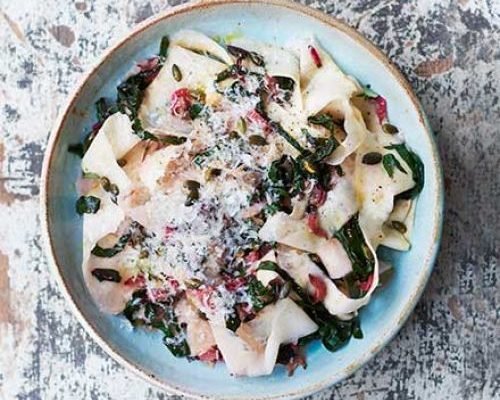

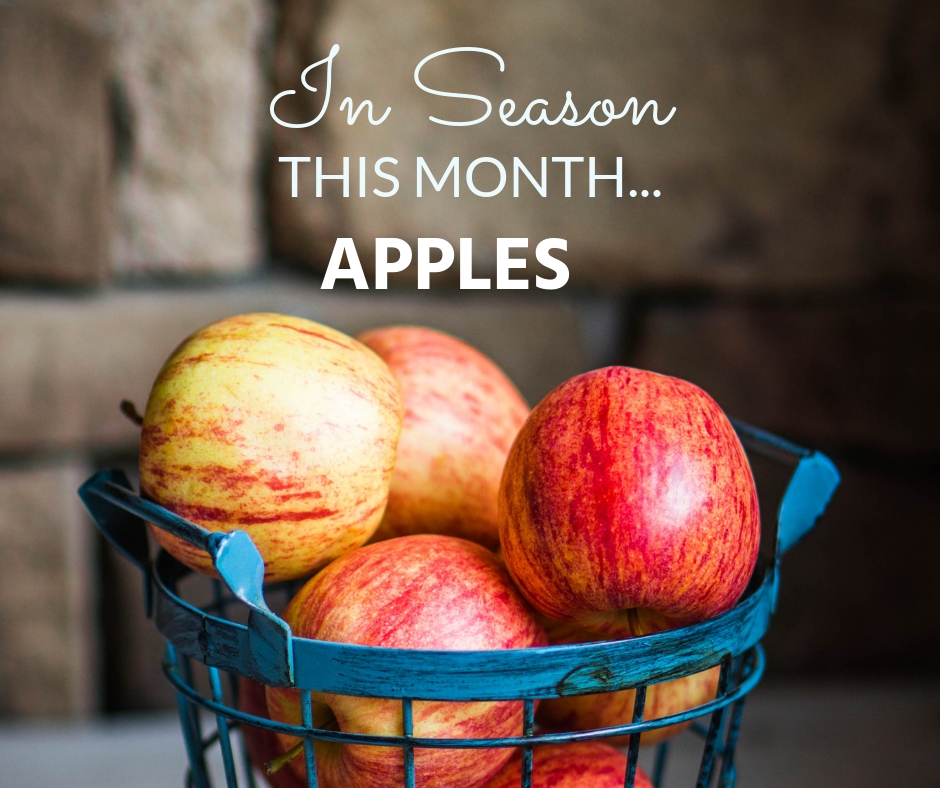
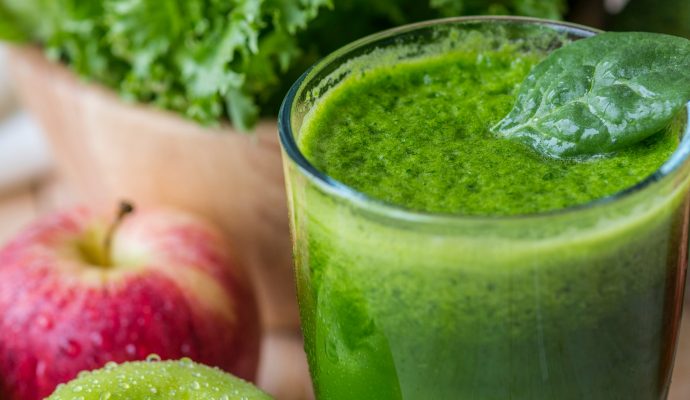 Fruit and veg is good for you. No one would argue with that.
Fruit and veg is good for you. No one would argue with that.